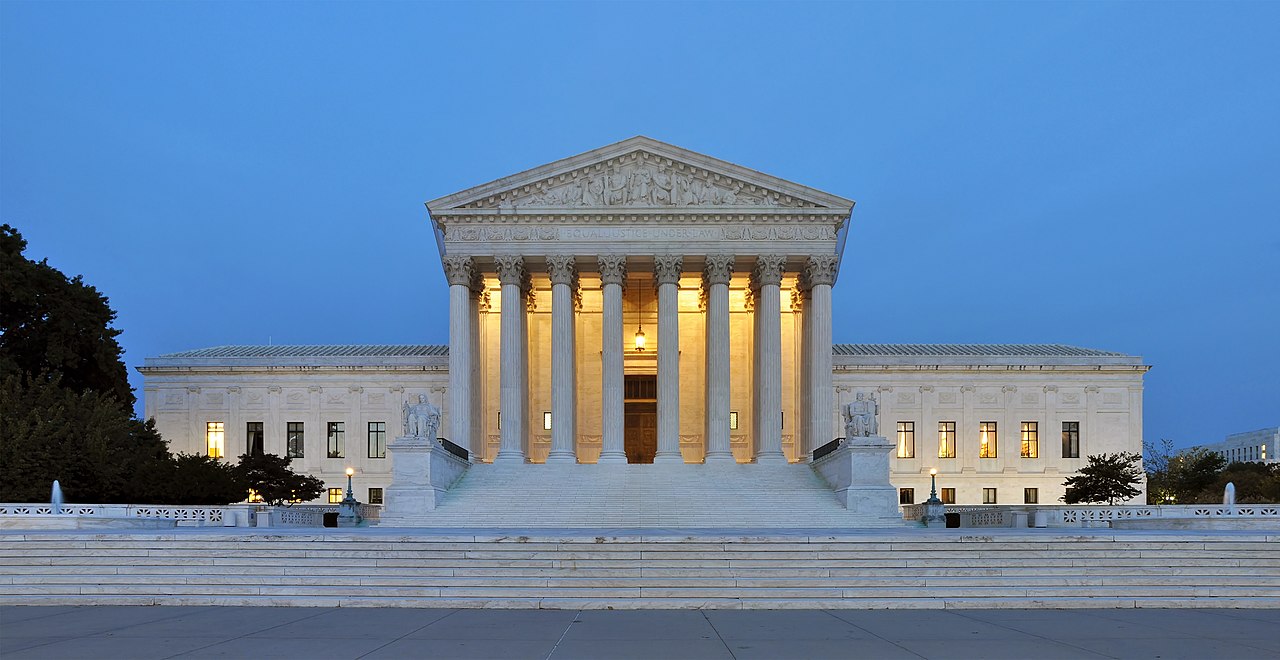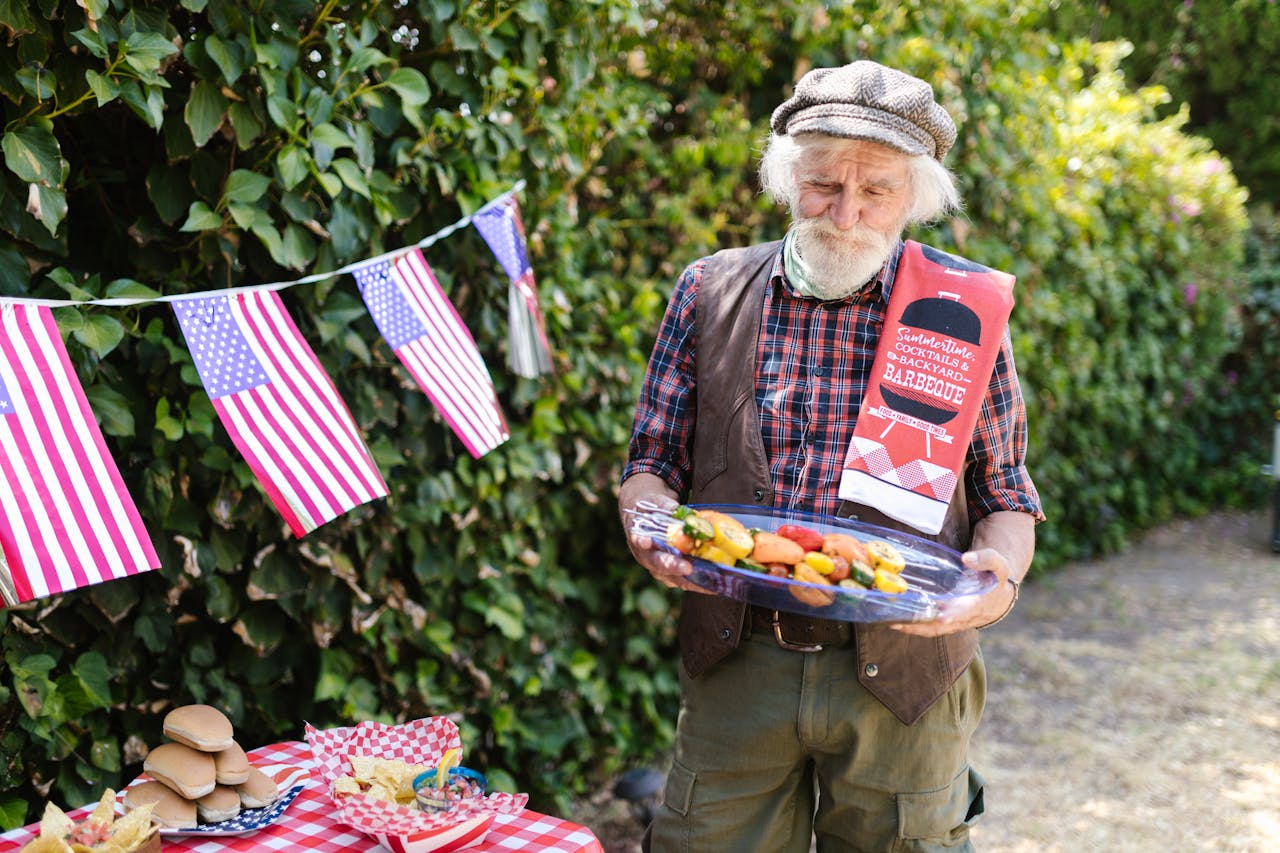Some places make driving feel like a full body workout. Horns, sudden stops, and impatient merges stack up until risk feels routine. What this really means is that local habits, road design, and enforcement all shape how safe a commute is. Using a composite of speeding, citations, DUIs, and crashes, these cities stand out for the wrong reasons. The patterns are not gossip. They show up day after day, rush after rush, on real streets where small mistakes turn costly.
1. Bakersfield, California
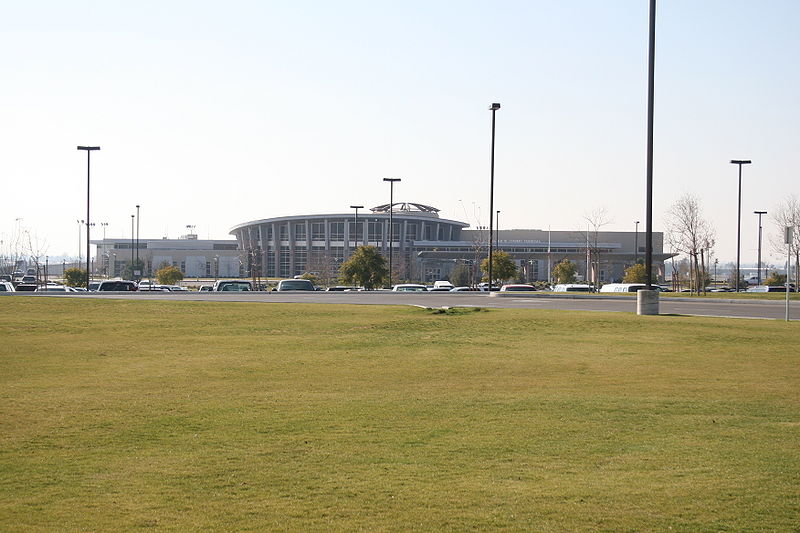
Bakersfield tops the leaderboard because trouble shows up in every column. Speed is a habit on wide arterials, crash counts run high, and alcohol plays a larger role than it should. Late nights and long straightaways invite risky choices, while enforcement struggles to match the pace. Residents talk about close calls like weather, inevitable and frequent. The through line is culture as much as concrete. Until patience outruns urgency, collisions will keep stealing headlines and calendars.
2. Sacramento, California
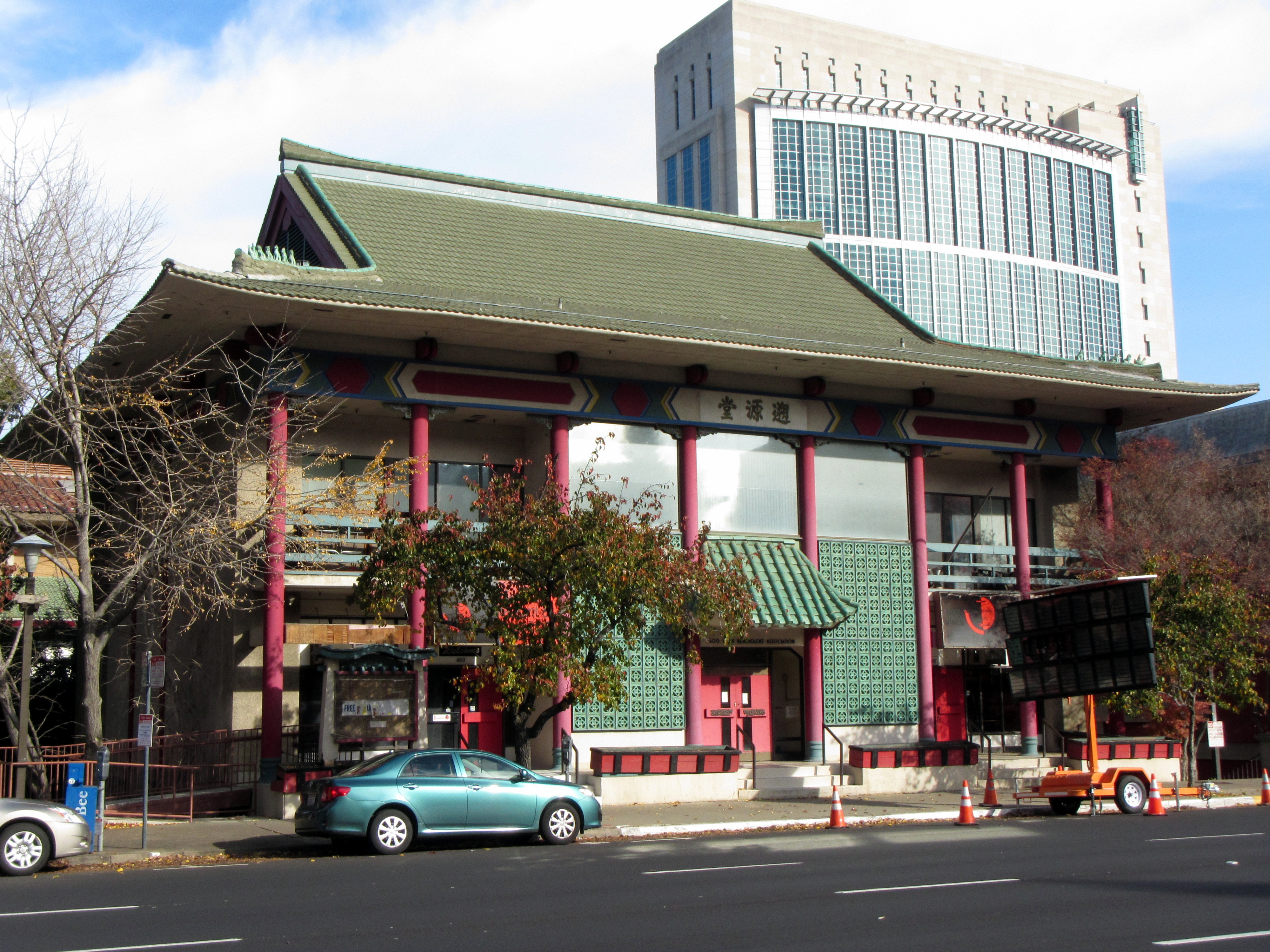
Sacramento’s profile leans hard on impaired driving and repeated collisions. Interstate spines pull commuters fast across town, then funnel them into tight city grids where judgment matters. Citations are common, which says officers are trying, but the crash totals tell a tougher story. After work, nightlife draws more cars, more mistakes, and more sirens than a capital city should accept. The message in the numbers is steady and clear. Slow down, plan ahead, and leave room.
3. Baton Rouge, Louisiana
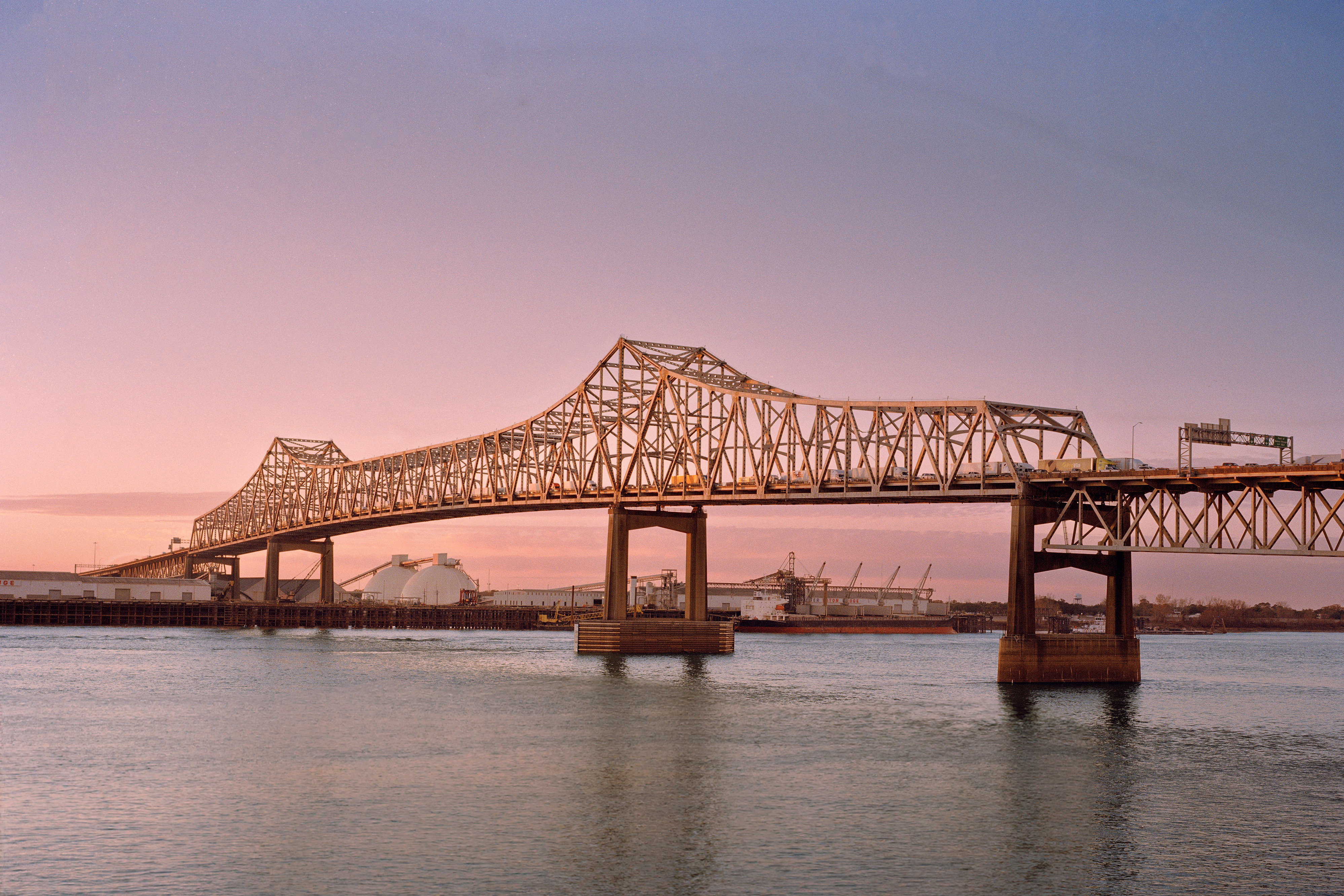
Baton Rouge shows elevated risk across almost every measure, which is why it ranks so high. Interstates and bridges compress traffic into lanes that punish hesitation, while rain turns small errors into spinouts. Speeding and DUIs are persistent, not seasonal, and citations pile up without damping bad habits. Campus energy and freight movement add churn, and the mix frays attention. When weakness shows in many places at once, luck becomes strategy, which is not a plan.
4. San Francisco, California
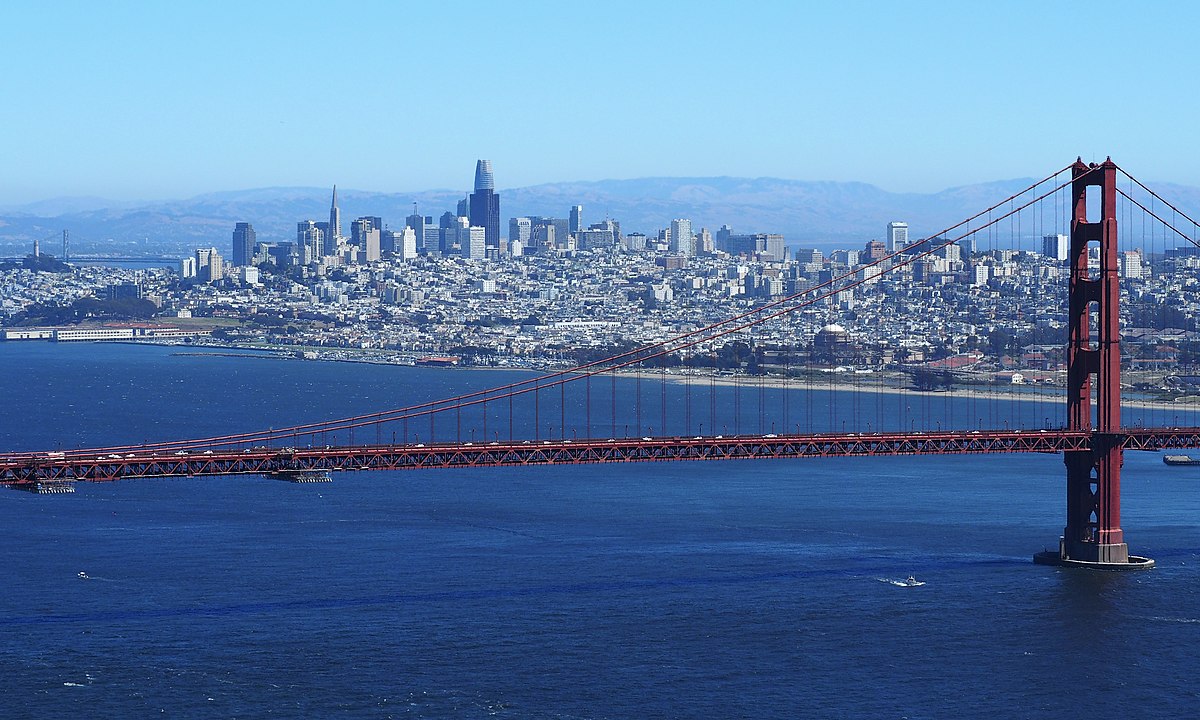
San Francisco hides danger in plain sight. Congestion masks just how often drivers dart, roll red lights, or block crosswalks. Hills, short blocks, and dense bus and bike traffic amplify every lapse. DUIs and citations sit high enough to matter, even with transit options nearby. The grid demands patience, but impatience wins too often. Crashes may be low speed, yet the costs add up in injuries and delays. Vigilance matters here, even when the speedometer barely climbs.
5. Fresno, California
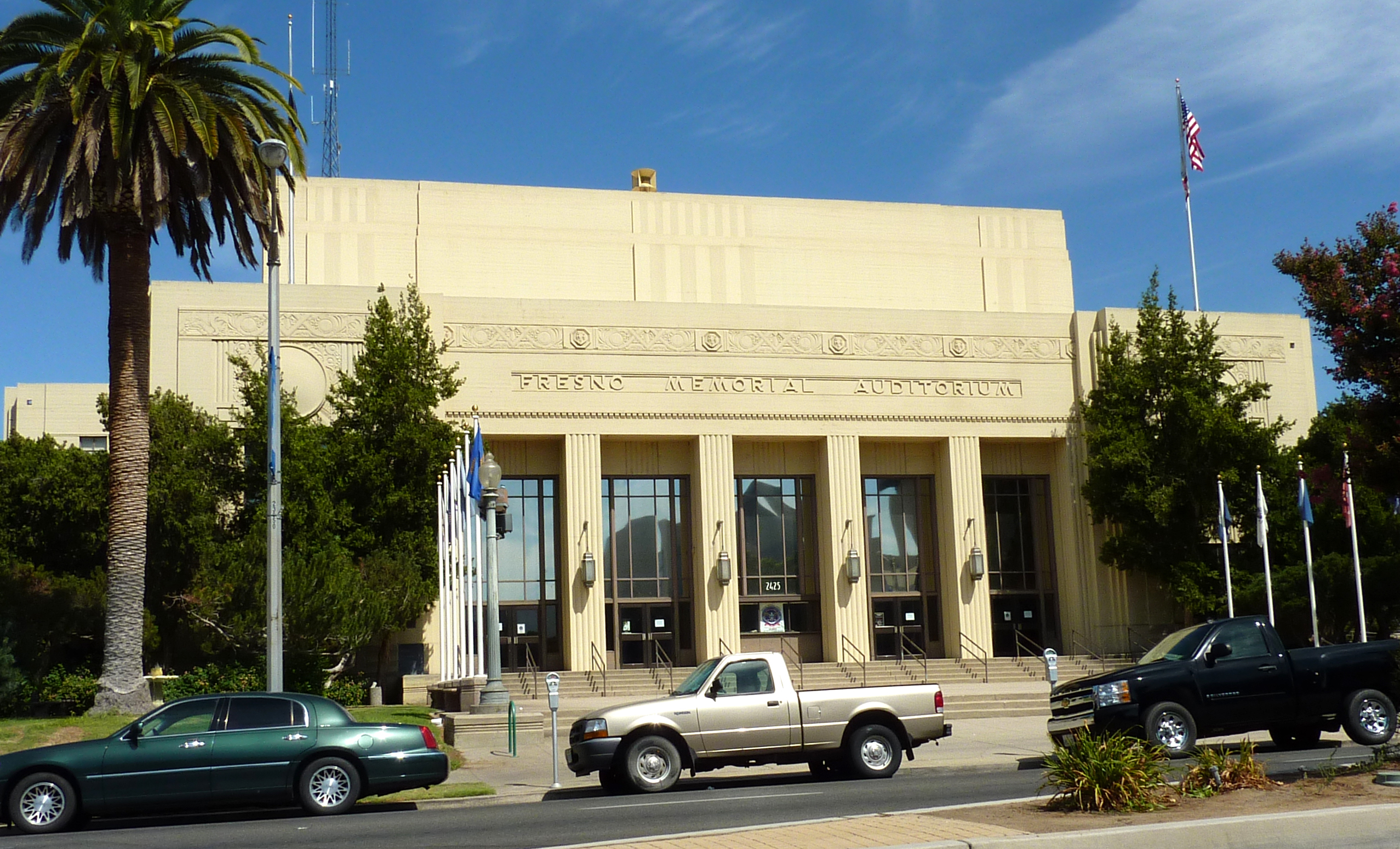
Fresno mixes suburban width with city volume, a combination that tempts heavy feet and late lane changes. Crash rates do not lie, and alcohol shows up in the data more than locals would like. Long arterials encourage cruising, but exits and turn pockets appear faster than expected. Citations suggest police see the same patterns drivers feel. The fix is not complicated, just hard to keep. Ease off, scan farther, and treat green as conditional, not guaranteed.
6. Riverside, California

Riverside’s risk lives on the fast routes that knit the Inland Empire. Commuters blast toward deadlines, then stack at interchanges where decisions come quick. Speeding and DUIs appear often, while collisions follow the same corridors again and again. Even steady enforcement has trouble bending habits that feel baked in. When the commute is long and the lanes are wide, restraint is the only tool that works. Too many leave it at home, and the numbers show it.
7. Jacksonville, Florida
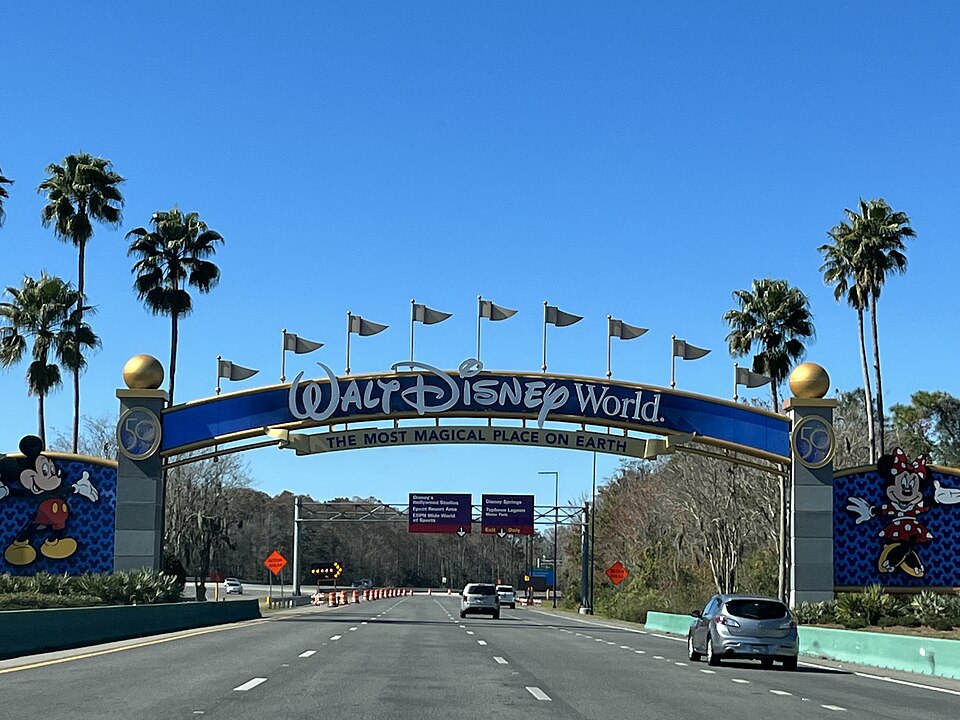
Jacksonville’s map is huge, and distance encourages speed. Wide roads and long gaps create a false sense of safety that disappears at the next light. The data points to heavy speeding, frequent citations, and a crash profile that never quite settles down. Rain and glare only tighten the window for error. Locals know the beltway rhythm by heart, yet familiarity can dull caution. The common thread is haste. It shows up in fender damage and insurance bills.
8. Salt Lake City, Utah
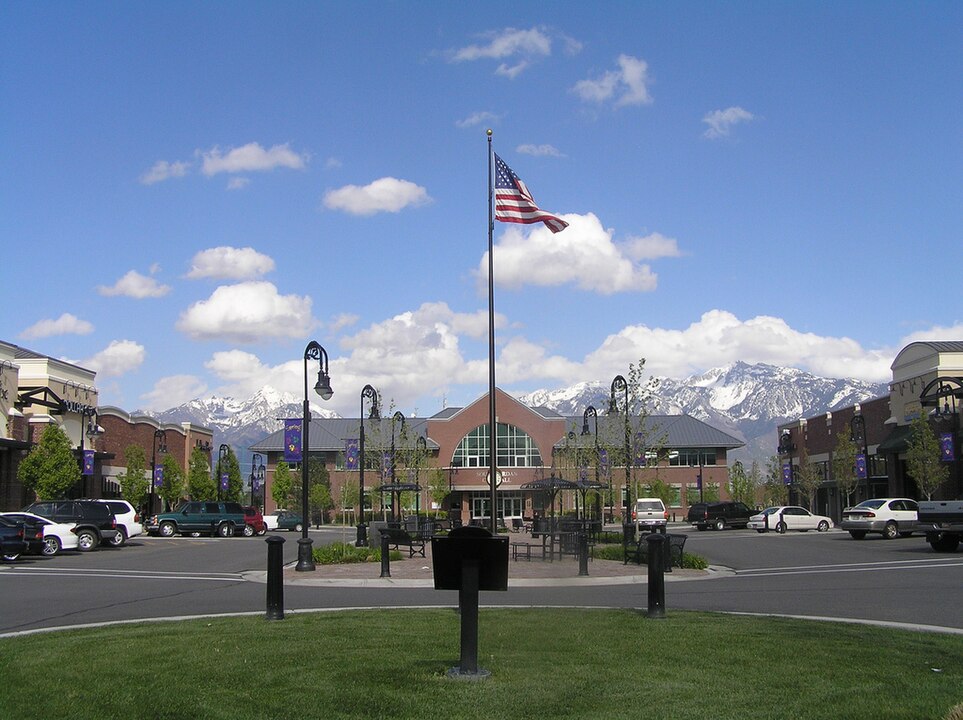
Salt Lake City rewards smooth flow, then punishes those who push it. Freeways feel effortless, which tempts quick dives across lanes and hard exits. Speeding runs high, DUIs are not rare, and collisions cluster around busy ramps and downtown approaches. Winter only raises the stakes. Enforcement helps, but education matters just as much, because the grid invites confidence. The safer posture is boring on purpose. Signal early, commit, and let one bus win the merge.
9. Milwaukee, Wisconsin
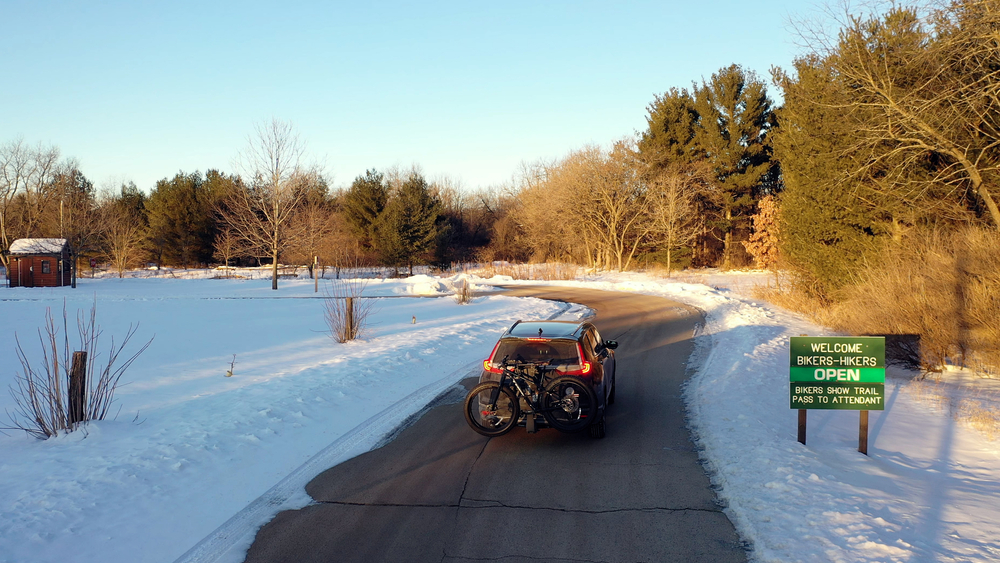
Milwaukee’s issues center on pace and weather. Drivers carry speed onto slick surfaces, then discover physics does not bargain. Citations reflect regular tension between urgency and rules, while DUI figures add nighttime risk on urban arterials. Industrial truck traffic complicates gaps and braking distances. The result is a pattern most residents recognize. When patience thins and conditions shift, small gambles turn big. The remedy sounds simple. Ease off the throttle and widen the buffer.
10. Cleveland, Ohio
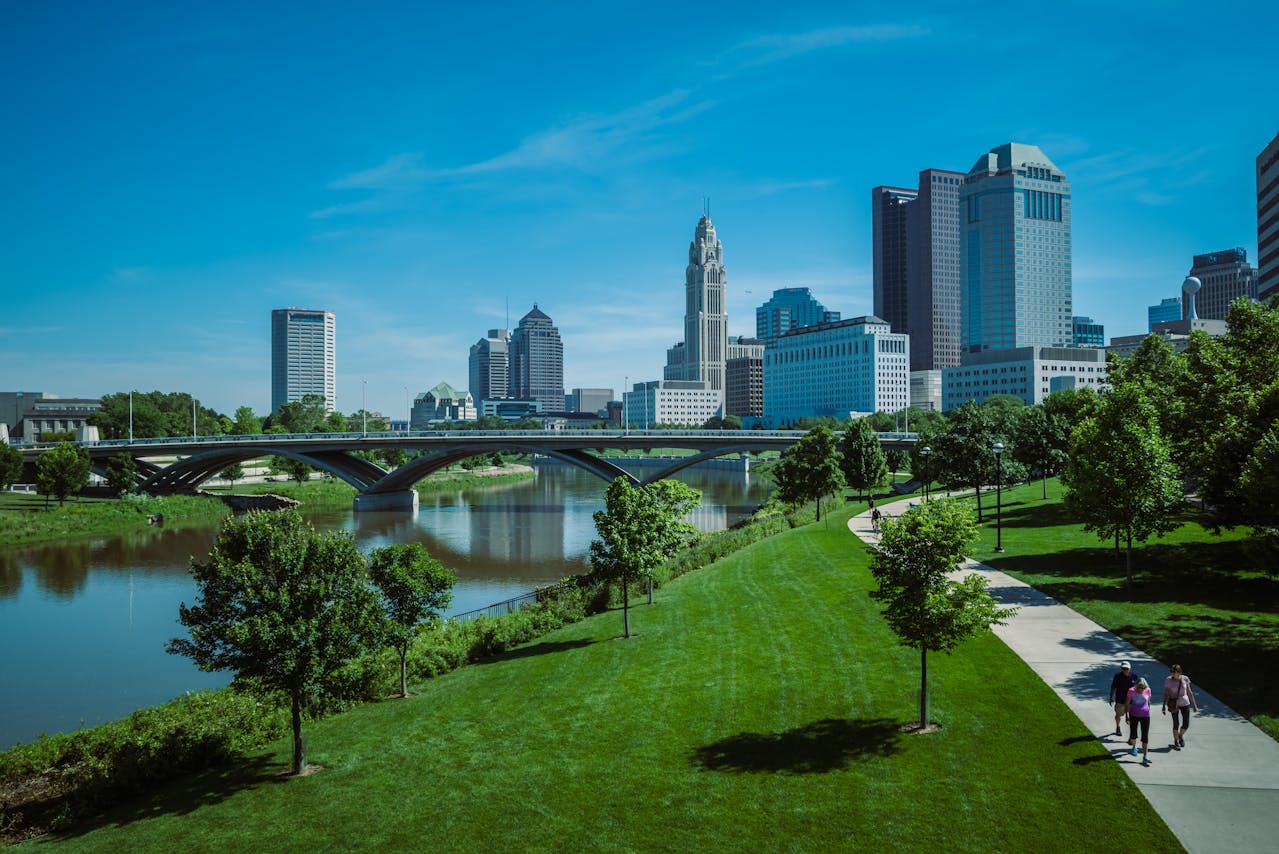
Cleveland ranks near the top for speeding, and the rest of its profile fails to rescue it. Quick merges on I-90, tight ramps near the lake, and sudden lane drops keep drivers guessing. Citations show visibility, but the crash counts say habits persist. Winter magnifies everything, from following distance to stopping distance. What stands out is the hurry. It appears in every metric that matters. Without a cultural pivot, the shoulder will keep filling first.
11. Virginia Beach, Virginia
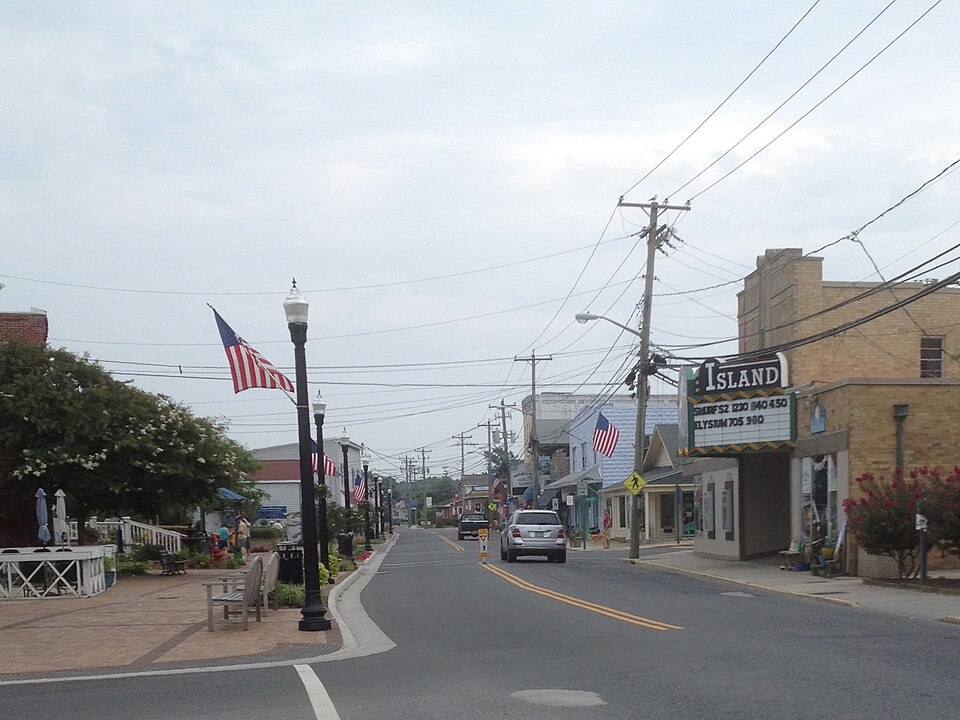
Virginia Beach feels like a weekend town even on a Wednesday. Tourism and military schedules churn traffic patterns, and alcohol plays a larger role than it should. Collisions are not a holiday problem; they show up across the calendar. Speeding ranks lower here, but citations do not, suggesting rules meet impatience often. The cure is not clever. Leave earlier, respect amber, and plan for visitors who do not know the lanes. Courtesy costs less than repairs.
12. Dayton, Ohio
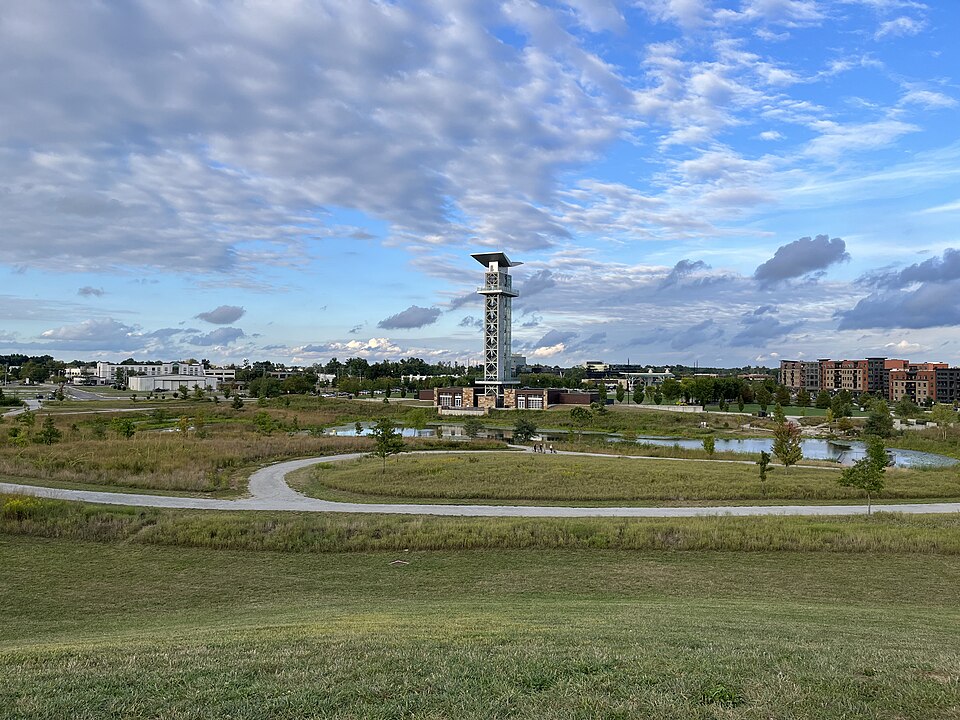
Dayton lands here because risk spreads evenly across categories. Citations and speeding stand out, while crashes and DUIs refuse to fade. Interchanges compress attention, then throw in weather and construction for good measure. Local driving culture leans decisive, sometimes more than conditions allow. The path to safer outcomes is plain. Lift the eyes, trim five miles per hour, and stop treating yellow as an invitation. Small changes stack up, and the numbers eventually move.
13. New York, New York
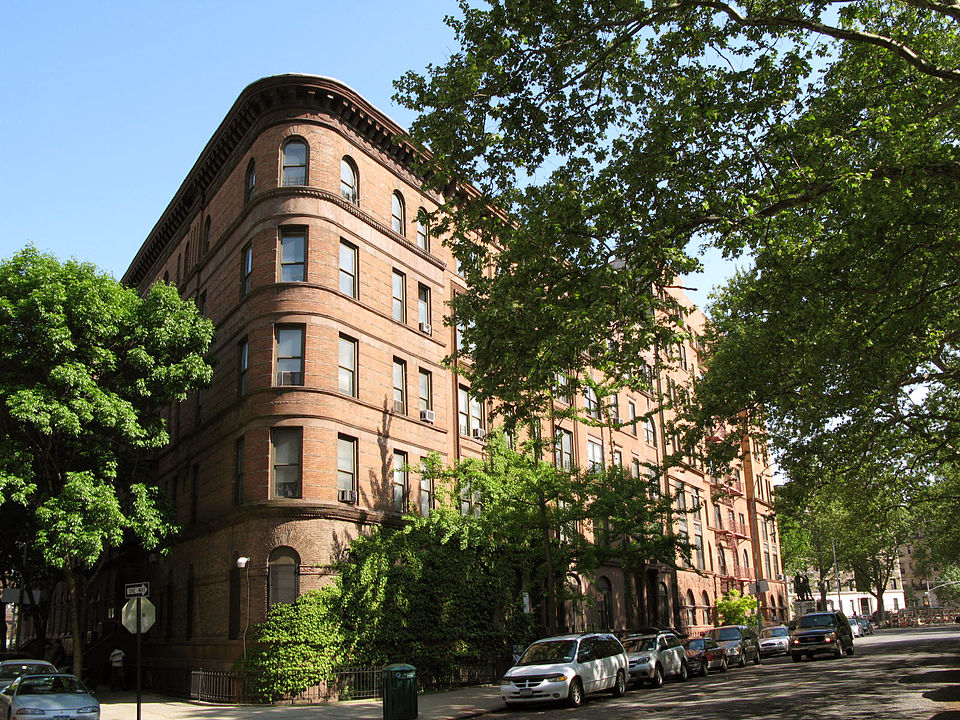
New York’s intensity hides in plain sight. The city logs heavy citations and more speeding than congestion myths suggest. With buses, bikes, and walkers everywhere, minor lapses turn costly. DUIs still appear, even with subways and cabs in easy reach. Enforcement is visible, yet behavior keeps pressing margins thin. The skill ceiling is high here, but so is the penalty for hurry. The smartest move is simple. Protect space, read signals early, and breathe.
